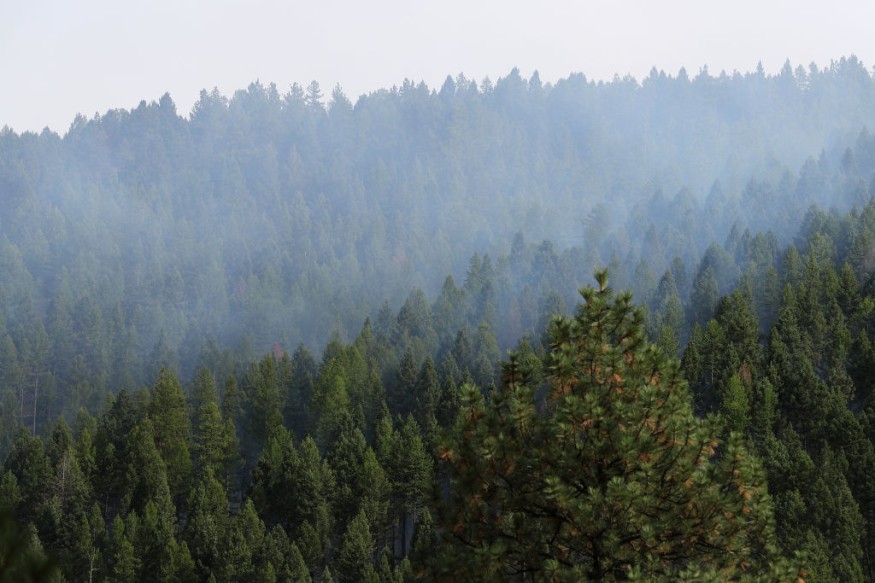
Years of relentless deforestation has led parts of rainforests to go carbon debt. As luck would have it, new research findings reveal regrown forests all over the world in the last 20 years, comparable to the size of France.
An estimate of 58.9 million hectares of France-sized forest was recorded to have grown back since 2000, enough to restore an equivalent of 5.9 gigatonnes of carbon dioxide which exceeds US' Annual Emission.
The Trillion Trees, in partnership with Worldwide Fund for Nature (WWF) mapped out Regeneration Hotspots in 2018 with the aim to find out where regeneration is existent and to encourage forest regeneration.
According to record, the Atlantic Forest in Brazil was most prominent in regeneration, with estimated 4.2 million hectares comparable to the size of Netherlands. Factors of success include restoration projects, responsible industry practices and rising migration towards cities. Regeneration was also evident in boreal forests of Mongolia's northern wilderness through government efforts, as well as in central Africa and the boreal forests of Canada.
Natural Regeneration Practices
"Natural regeneration is a low-cost, low-tech and high-impact strategy for restoring forests, sequestering carbon, and conserving biodiversity," said Renato Crouzeilles in a study. Forest regeneration is simply letting nature take care of itself, with a little assistance and encouragement.
While most areas are completely capable of recovering on its own, some needs a helping hand to 're-assert itself', and other lands fully obstructed have to be regenerated through human input such as tree-planting. The Trillion Trees map of Regeneration Hotspots promotes all three categories: Spontaneous natural regeneration, Assisted natural regeneration, and Active restoration, accordingly.
As Robin Chazdon in Environmental Research Letters once said, "Assisted or unassisted, naturally regenerating forests conserve biodiversity, provide a wide array of ecosystem goods and services, and support rural economies and livelihoods."
Worldwide Efforts
Trillion Trees pointed out that deforestations are still happening globally in a terrifying rate, much faster than restoration efforts and we should not take this for granted. In the same time-period to the Trillion Trees study, between 2001 and 2019, we also lost some of our forests to deforestation. Studies show the loss covered around 386 million hectares large.
Success stories of reforestation are still astounding, considering climate change and other environmental crisis. For instance, the success in Brazil does not determine the larger picture. Some forests outside the recovering area in eastern coast of Brazil are still threatened, even its Atlantic Forests, but continuing efforts contribute to its natural recovery. While natural forests are capable of growing back without human intervention, we can extend our support through delivery plans and help facilitate new landscape restoration ventures.
To fight against climate change which is a major factor in losing our forests, it is considered 'the most urgent requirement' to reduce emissions and make sure we are not losing any more of our existing old-growth forests. "The science is clear: if we are to avoid dangerous climate change and turn around the loss of nature, we must both halt deforestation and restore natural forests," said William Baldwin-Cantello, Director of Nature-based Solutions at WWF-UK.
Trillion Trees hopes to spread awareness globally and make the map serve as a valuable tool for conservationists, policymakers and funders to better understand how forest cover can be increased for the sake of the planet.
© 2025 NatureWorldNews.com All rights reserved. Do not reproduce without permission.





